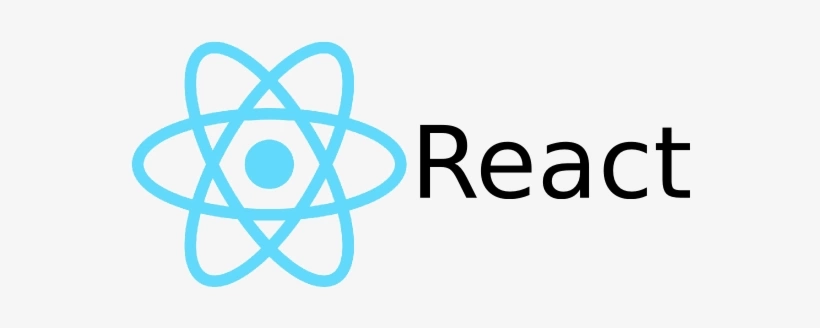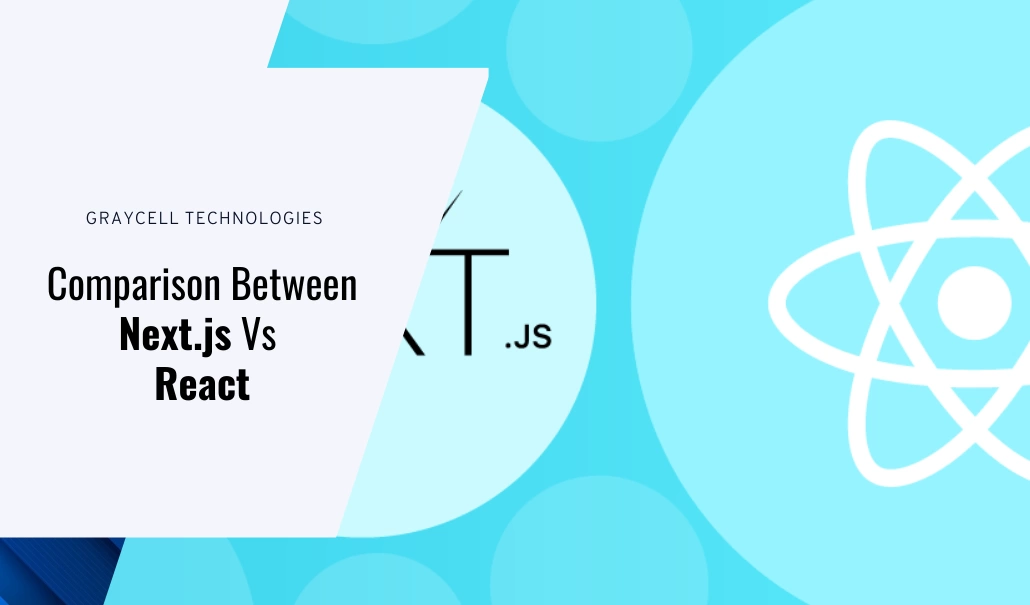One of the main concerns while starting a project is figuring out which platform to utilize. Next JS and React are two of the most popular tools among front-end web developers’ communities. Many people struggle to recognize the distinction between Next.js and React. However, each is designed for solving different problems.
Next JS is easier to use and migrate than React, but both are good for creating web applications. React is better for building web applications and Next JS allows to build UI with a single code base. However, React is a library and NextJS is a framework, but do you know the difference between a library and a framework? So while choosing from one of them, be sure to consider the pros and cons of both.
Library vs. Framework
Libraries and frameworks are reusable predefined code, which helps to solve common problems while developing an app.
- Libraries
A library is a set of functions that can be called in the app to solve a specific problem. Each call does some work and returns control to the client. Some examples are routing, date management, transforming data, and much more.
- Frameworks
A framework is a collection of libraries that work together in a systematic way to help in building a fully functioning app. A framework is itself an application, embodies some abstract design, and includes almost everything necessary to make a user application.
Some popular JavaScript frameworks:
- Angular
- Vue.js
- Meteor
- Node.js
- Express.js
What is Next.js

Next.js is an open-source and easy-to-use development framework, which is built by Vercel. Next.js calls itself the React Framework. This means Next.js is based on React and provides all the core features that need to deploy a React application. A few commonly used features are server-side rendering (SSR), pre-rendering, static site generation (SSG), webpack support, page routing, etc.
Also, it has all the functionality that is needed to create a web application with zero configuration.
Features of Next.js
Next.js have a set of distinctive features and some of the main ones are:
- Data Fetching – Next.js has two types of pre-rendering to manage data for optimal speed. The first one is Server-Side Rendering (SSR) that allows fetching data and rendering it at request time. The second one is Static Generation, which uses data already available at build time before the request is made.
- Typescript – Next.js supports Typescript. TypeScript is a programming language that builds on JavaScript. It may be one of the reasons for making Next.js so popular among developers.
- Redux – Next.js supports Redux seamlessly.
- Configurability – Next.js is configurable, and that doesn’t mean it is complex. For instance, routing is as simple as creating folders.
Advantages of Next.js
Here are some of the main reasons why developers are inclined to use Next.js:
- It’s easy to code – As compared to React and other frameworks working with React, Next.js is easy to code and it requires less code, which means better readability and improved project management.
- Speed – Next.js provides a smart way to handle data and this increases the speed of applications built with Next.js. It has features like server-side rendering (SSR) and static generation that handle data effectively. SSR will only be as fast as the server is handling requests whereas Static Generation is fast since it can be served from a content delivery network (CDN).
- Fast rendering – The changes are rendered on the spot, every change to the file is immediately visible by refreshing the page.
- CSS – It can import CSS styles from a JavaScript file to be used in line for faster rendering.
- Better image optimization – It can resize and serve images easily in Next.js. Next.js is always up to date with the image file format like WebP.
- SEO friendly – If you are looking for better titles and keywords for SEO you can use Next.js.
What is React

React is a JavaScript library for building user interfaces developed by Facebook in 2013. Since its release, React has become one of the most commonly used libraries for front-end applications. React components are easy to use because of their declarative nature. It is used to design interactive user interfaces, mobile apps, single-page applications, and many more effortlessly. Some of the most popular platforms and apps that are made with React are Facebook, Netflix, Reddit, BBC.com, Airbnb, etc.
React Advantages
- Easy to code – React made web applications easy and this is because of JavaScript, which allowed developers to create dynamic applications using less code in less time.
- Community – There is a large community of developers that use React. That’s why its resources are easily available.
- Components – Components in React are reusable, which means you can load React components to different pages. Your change will be visible across all pages.
- Customization – You can easily expand its set of functionalities by adding other tools like Redux.
Comparison between React and Next.js
Both are amazing tools, but only for performing certain tasks. Here is a comparison, so you can choose your desired technology for your project. Let’s go deeper into the details
- Speed of Coding & Easiness of Coding
Both React and Next.js follow the concept of easy to code and require less code as well.
- Performance
Application built with Next.js is faster because of its features server-side rendering (SSR) and static generation. They manage data very well whereas React only supports static generation which is not enough. So Next.js is faster and has better performance than React.
- Features
Next.js has a wide range of features like Server-side rendering (SSR), Static export (SSG), Pre-rendering, and much more. All of these features will help to create a dynamic web application. While React is easily extensible and can include features like routing as well as state management patterns with libraries like Redux.
- Documentation
In any project, good documentation can help you easily use the tools. For developing a dynamic application, you need additional courses, books, tutorials, and articles. There is a lot of information available for both React and Next.js across the web.
- Cost of Development
Both Next.js and React are open-source, which means free. Therefore, building an app with any of these solutions won’t cost you.
- Large Community
You choose frameworks and libraries according to the projects’ needs. What happens if you run into a problem, the chances are good that you will be wasting a lot of time by finding answers on documentation. In this situation, a large community of developers helps you through the forum, stack overflow, and Github. Both React and Next.js, have an active community that provides the solution with minimum effort.
Conclusion
Next.js has more features and tools, while React.js has better resources. Both React and Next.js provide powerful features for developers in their own specific way. React allows you to build things and has a strong community. Next.js makes the development job easier with its tools. To make it easier for you to choose between these technologies, we have reviewed them in detail. We hope this discussion provides some insight into how you can use them in your projects.






